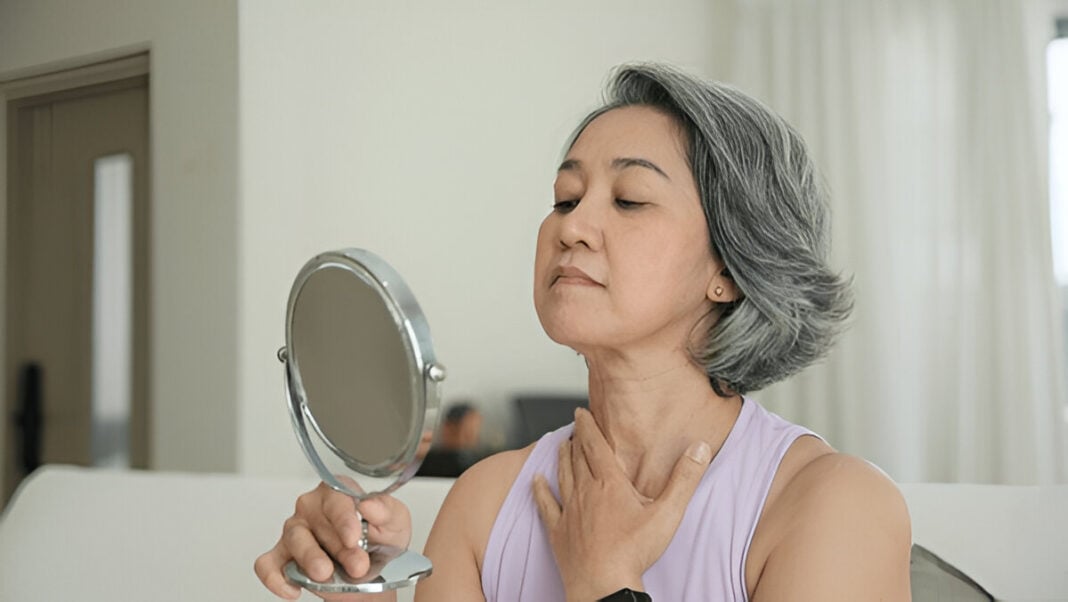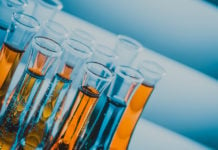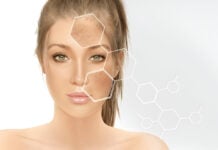Menopause is a natural phase in a woman’s life, yet it often comes with a range of unexpected changes not just in mood and menstrual cycles, but also in the skin. Many women are surprised to find their once-resilient skin becoming dry, thin, or prone to irritation seemingly overnight. These changes are not just surface-level; they are deeply rooted in hormonal shifts that affect how the skin functions and appears.
Understanding how menopause impacts the skin is essential for maintaining comfort, confidence, and skin health during this transitional period.
Hormones and Skin: What Changes During Menopause?
The primary driver of menopausal skin changes is the decline in estrogen levels. Estrogen plays a vital role in maintaining skin thickness, hydration, elasticity, and even wound healing. As levels drop during perimenopause and menopause, several changes begin to occur:
-
Collagen Loss: Estrogen helps regulate collagen production. Without it, the skin loses structural support, leading to sagging and fine lines. Studies show that women can lose up to 30% of skin collagen in the first five years after menopause (Brincat et al., 2005).
-
Thinning of the Skin: The epidermis becomes thinner and more fragile. Skin may bruise or tear more easily and feel more sensitive to environmental stressors.
-
Dryness and Itchiness: Estrogen also supports oil production. As it drops, sebaceous glands produce less sebum, leading to dryness, flakiness, and even itching.
-
Slower Wound Healing: Reduced estrogen impairs the skin’s ability to repair itself, so cuts or blemishes may take longer to heal.
-
Increased Wrinkles and Dullness: Dehydrated, thin skin reflects light differently and can appear more tired, wrinkled, or uneven in tone.
Common Skin Concerns During Menopause
1. Dry and Dehydrated Skin: The skin’s natural lipid barrier becomes compromised, resulting in moisture loss. This dryness often worsens during colder months or after hot showers.
2. Sensitivity and Redness: Thinner skin and a weakened barrier make the skin more reactive. Conditions like rosacea or dermatitis may flare during menopause.
3. Acne and Breakouts: While many associate acne with youth, hormonal fluctuations can trigger menopausal acne, especially along the jawline and chin due to increased androgen levels.
4. Hyperpigmentation and Age Spots: Sun exposure over the years, combined with hormonal changes, can lead to melasma or age spots becoming more prominent.
How to Care for Menopausal Skin
Managing menopausal skin starts with gentle, supportive skincare and, in some cases, medical treatment.
1. Hydration Is Key: Switch to hydrating cleansers and moisturizers that contain ingredients like hyaluronic acid, ceramides, and glycerin to replenish moisture without stripping the skin.
2. Sun Protection: SPF isn’t just for beach days. Daily broad-spectrum sunscreen protects thinning skin from UV damage and helps prevent further pigmentation and wrinkles.
3. Support Collagen Production: Look for ingredients like retinoids, peptides, and vitamin C, which support skin renewal and collagen synthesis. These can improve elasticity and tone over time.
4. Gentle Exfoliation: Mild exfoliants like lactic acid or polyhydroxy acids (PHAs) can remove dead skin cells without over-irritating delicate skin.
5. Hormone Replacement Therapy (HRT): For some women, HRT can improve skin hydration, thickness, and elasticity by supplementing estrogen levels. This option should be discussed with a healthcare provider based on individual health risks and benefits (Callens et al., 2012).
6. Lifestyle Matters: A diet rich in antioxidants, regular exercise, staying hydrated, and avoiding smoking can support overall skin health during and after menopause.
When to See a Dermatologist
If dryness becomes unbearable, pigmentation worsens, or new skin concerns arise, a dermatologist can offer personalized advice. Treatments like microneedling, laser therapy, or topical prescriptions may help combat the more stubborn effects of menopausal skin changes.
Menopause brings many changes, and the skin is one of the first places these shifts become visible. While thinning, dryness, and hormonal breakouts can be frustrating, they’re also manageable. With the right knowledge, skincare routine, and medical guidance, women can navigate this new phase of life with confidence and glowing skin.
References
-
Brincat, M. P., Baron, Y., Galea, R., & Borg, M. (2005). Estrogens and the skin. Climacteric, 8(2), 110–123. https://doi.org/10.1080/13697130500118063
-
Callens, A., Vaillant, L., Ligeard, L., Bravard, P., & Laroche, F. (2012). Hormone replacement therapy and skin aging in menopausal women. European Journal of Dermatology, 22(3), 330–341. https://doi.org/10.1684/ejd.2012.1711
-
Stevenson, S., & Thornton, J. (2007). Effect of estrogens on skin aging and the potential role of SERMs. Clinical Interventions in Aging, 2(3), 283–297.












